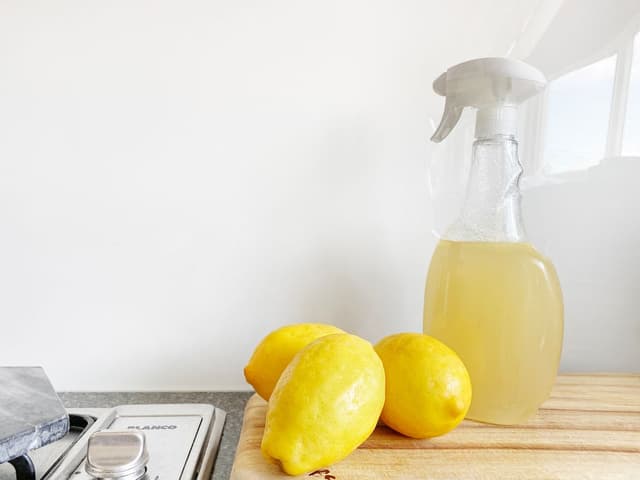
The Difference Between Mold and Mildew
One common area of confusion is the difference between mold and mildew in your home or commercial property. While they may appear similar, they have distinct characteristics and implications for the indoor air quality and the structural integrity of your property.
Understanding Mold and Its Implications
Mold is a type of fungus that can appear in various colours - black, grey, brown, green, blue, yellow, and white. It typically has a fuzzy appearance and grows in damp areas where there is or has been water damage or high humidity. Mold spores are microscopic and airborne, making them particularly difficult to manage.
The presence of mold growth is more than just an aesthetic problem. Over time, mold can cause significant structural damage to your property, deteriorating the building materials it infests. More importantly, mold can cause several health issues, especially in people with respiratory conditions, weakened immune systems, or mold allergies. These health problems may range from mild symptoms like nasal stuffiness and coughing to more severe reactions like shortness of breath and fever.
Identifying Mildew and Its Effects
Unlike mold, mildew is a surface-level fungus that tends to grow on organic materials like books, cardboard, and some fabrics. It typically grows in a flat pattern and may appear powdery. Mildew generally begins as a white or light-colored growth, which can later change to brown, yellow, or black.
Although mildew may not pose as severe risk as mold, it can still impact indoor air quality. If left untreated, it can cause mild health problems such as headaches and respiratory issues. Furthermore, mildew can damage the materials it grows on, causing them to discolour and deteriorate over time.
Mold Remediation and Mildew Cleanup
Taking immediate action is important when faced with a mold or mildew problem. In the case of mildew, it's often easily treated with store-bought cleaners and a scrub brush. However, professional mold remediation services are typically necessary for mold-infested areas, especially if the infestation covers more than ten square feet.
Mold remediation involves cleaning up mold while avoiding exposure and preventing mold spores from spreading to other areas. This process may include removing moldy materials, using air scrubbers to purify the air, and implementing measures to control moisture and prevent future mold growth.
Remember, every mold problem is unique and requires a tailored approach. The type of mold, extent of mold damage, size of the affected area, and the building's specific conditions all influence the remediation process. It's why professional mold inspection services are so valuable. They can accurately assess the mold growing in your home or business and make sure an effective plan to address the issue is properly executed.
We have a Mold FAQ answering common mold related questions!
Disclaimer: Please note that the information provided in this blog post is intended for general understanding and awareness. Mold-related scenarios vary significantly based on the specifics of your property and other individual circumstances. Therefore, we recommend contacting us directly for services tailored to your situation. Our team of trained professionals are available to provide detailed guidance and services related to mold removal, inspection and remediation services.